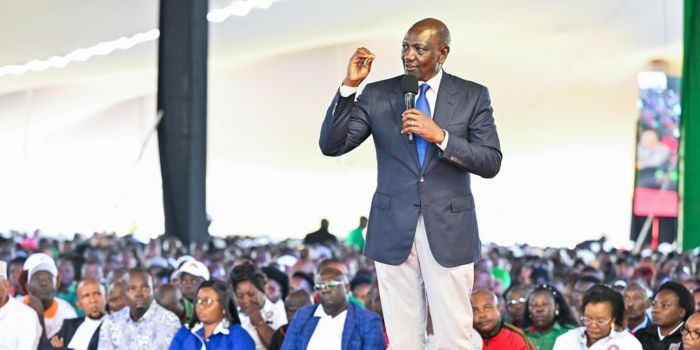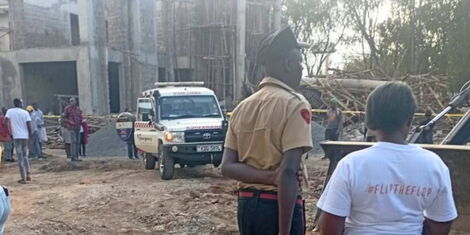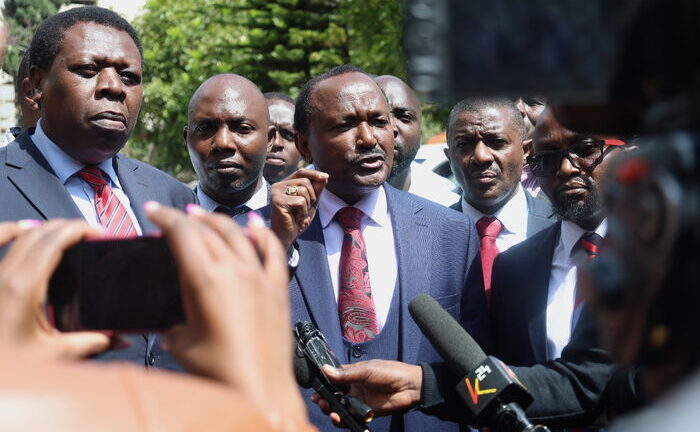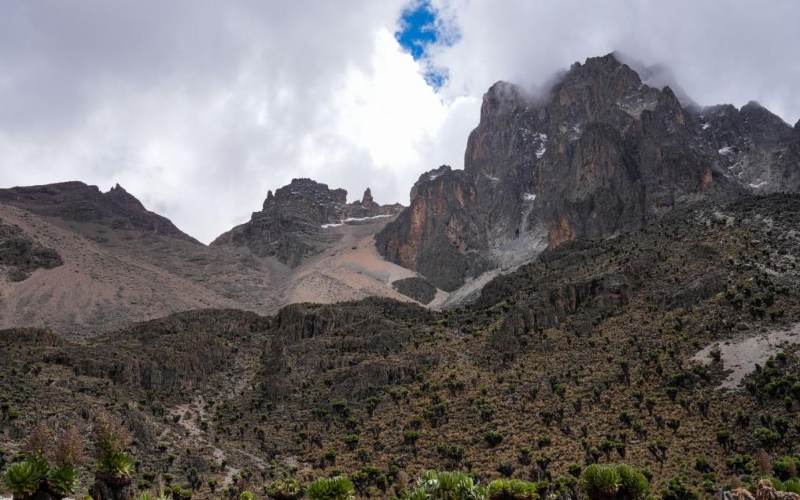
A storm is brewing in Kenya’s political corridors as governors and senators sound the alarm over a new revenue-sharing formula that could leave nearly half the country’s counties gasping for air.
Tensions hit fever pitch after explosive revelations from the latest 2024/25 CRA report showed that 12 counties were handed allocations below Ksh6 billion, raising serious questions about the future of essential services and development in those regions.
“At this rate, I should have remained an MP—at least there was money for development,” lamented a frustrated Governor Wilber Ottichilo of Vihiga, whose county received just Ksh5.29 billion.
Other counties hit hard include Tharaka Nithi (Ksh4.39B), Lamu (Ksh3.25B), Isiolo (Ksh4.92B), and Elgeyo Marakwet (Ksh4.82B)—all struggling to keep up with basic public services under the weight of diminishing funds.
New CRA Formula Sparks Fury
At the heart of the storm is a controversial fourth revenue-sharing formula proposed by CRA Chairperson Mary Chebukati. Under this new plan, population size skyrockets to 42% weight—a dramatic increase from the current 18%.
Other considerations include equity (22%), poverty levels (14%), income disparities (13%), and land mass (9%). Crucially missing? Health, agriculture, and infrastructure—key drivers for many underserved counties.
The move has triggered a wave of bipartisan backlash.
Governors Warn of a Funding Apocalypse
“This will devastate marginalized counties,” declared Samburu Governor Lati Lelelit, warning that counties with sparse populations but high operational costs will be left to rot.
Kakamega Governor Fernandes Barasa echoed the outrage, calling the proposal “untenable” and urging senators to reject it outright.
“You can’t rob 21 counties and then throw them a Sh12 billion stabilization fund as hush money,” he fumed. “It’s daylight robbery.”
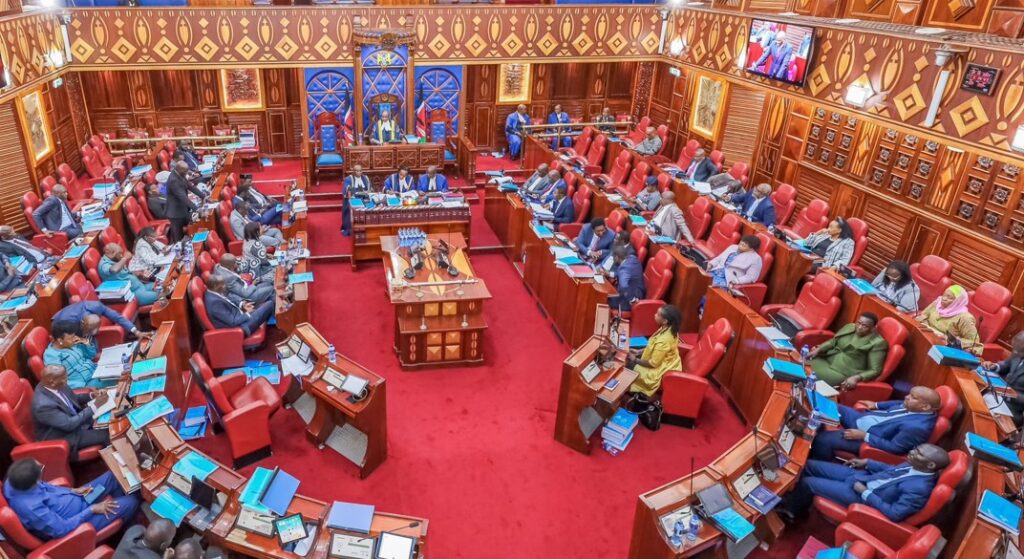
Senate Joins the Resistance
The outcry has reverberated through the Senate chamber.
Kirinyaga Senator James Murango tore into the CRA, saying the new formula would “cripple 31 counties,” leaving them unable to fund hospitals, schools, and roads. His message to CRA? “Stick to the current model. Don’t gamble with lives.”
Senator William Kisang of Elgeyo Marakwet vowed to fight for fairness, saying he would never support a formula that abandons counties already on life support.
Why This Matters for Kenya
Kenya’s counties depend on revenue allocations to keep essential services running. The stakes are massive. In 2020, it took presidential intervention by Uhuru Kenyatta to break a months-long Senate deadlock, resulting in the Sh370 billion compromise currently in use.
Now, the country could be heading for a new political standoff—but this time, more than half of Kenya’s 47 counties are on the losing side.
As the Senate prepares to vote on the proposed changes, the future of county development, equity, and decentralization hangs in the balance.


